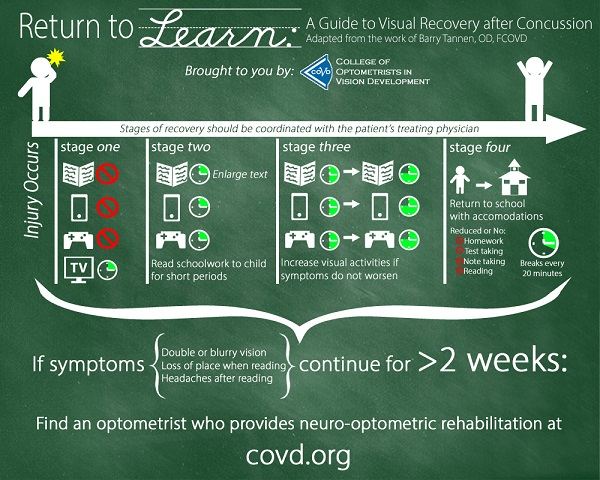
Brain Injury Fact Sheet1
- In 2010, about 2.5 million emergency department (ED) visits, hospitalizations, or deaths were associated with TBI—either alone or in combination with other injuries—in the United States.
- TBI contributed to the deaths of more than 50,000 people.
- TBI was a diagnosis in more than 280,000 hospitalizations and 2.2 million ED visits. These consisted of TBI alone or TBI in combination with other injuries.
- Over the past decade (2001–2010), while rates of TBI-related ED visits increased by 70%, hospitalization rates only increased by 11% and death rates decreased by 7%.
- In 2009, an estimated 248,418 children (age 19 or younger) were treated in U.S. EDs for sports and recreation-related injuries that included a diagnosis of concussion or TBI.
- From 2001 to 2009, the rate of ED visits for sports and recreation-related injuries with a diagnosis of concussion or TBI, alone or in combination with other injuries, rose 57% among children (age 19 or younger).
Introduction to Vision & Brain Injury2
Thomas Politzer, O.D. Former NORA President
Vision is our dominant sense
More than just sight is measured in terms of visual acuity, vision is the process of deriving meaning from what is seen. It is a complex, learned and developed set of functions that involve a multitude of skills. Research estimates that eighty to eighty five percent of our perception, learning, cognition and activities are mediated through vision.
The ultimate purpose of the visual process is to arrive at an appropriate motor, and/or cognitive response.
There is an extremely high incidence (greater than 50%) of visual and visual-cognitive disorders in neurologically impaired patients (traumatic brain injury, cerebral vascular accidents, multiple sclerosis etc.) Rosalind Gianutsos, Ph.D.
“Visual-perceptual dysfunction is one of the most common devastating residual impairments of head injury”. Barbara Zoltan, M.A., O.T.R.
“The majority of individuals that recover from a traumatic brain injury will have binocular function difficulties in the form of strabismus, phoria, oculomotor dysfunction, convergence and accommodative abnormalities”. William Padula, O.D.
New Research3
“We tend to think of a traumatic injury as a simple, physical process, like a cut or bruise. But Zafonte, chair of the department of physical medicine and rehabilitation at Harvard Medical School (HMS), says it is more accurate to think of TBI as a disease, because its effects extend well beyond the physical injury and can unfold over long periods of time. Unlike the damage resulting from a stroke, which is often localized to one part of the brain, traumatic injuries often affect many areas of the brain in sometimes unpredictable ways.”3
CONCUSSIONS, the most common brain injuries, occur when a rapid rotational acceleration to the head—such as a hit or fall—causes a temporary loss of brain function. Brain scans usually will show no visible damage and there is no structural damage to the head from these injuries, but symptoms can range from slight headaches to loss of consciousness or seizures.
Concussions can cause a measurable drop in cognitive function even after one incident and as most people do recover, sometimes function can be permanently impaired especially as a subject experiences subsequent injuries. As multiple injures are incurred, often the symptoms are more dramatic and in some cases permanent.
References
1 CDC
Centers for Disease Control and Prevention, National Center for Injury Prevention and Control, Division of Unintentional Injury Prevention
September 20, 2016
https://www.cdc.gov/traumaticbraininjury/get_the_facts.html
https://www.cdc.gov/injury/
Accessed February 28, 2017
Centers for Disease Control and Prevention. Nonfatal Traumatic Brain Injuries Related to Sports and Recreation Activities Among Persons Aged ≤19 Years — United States, 2001–2009. MMWR 2011; 60(39):1337–1342.
Accessed February 28, 2017
2 Introduction to Vision & Brain Injury
Thomas Politzer, O.D. Former NORA President
https://nora.cc/for-patients-mainmenu-34/vision-a-brain-injury-mainmenu-64.html
Accessed February 28, 2017
3 Harvard Magazine
The Traumatized Brain, Investigating injury, recovery, and repair
Courney Humphries; March-April 2012
https://harvardmagazine.com/2012/03/the-traumatized-brain
Accessed February 28, 2017


